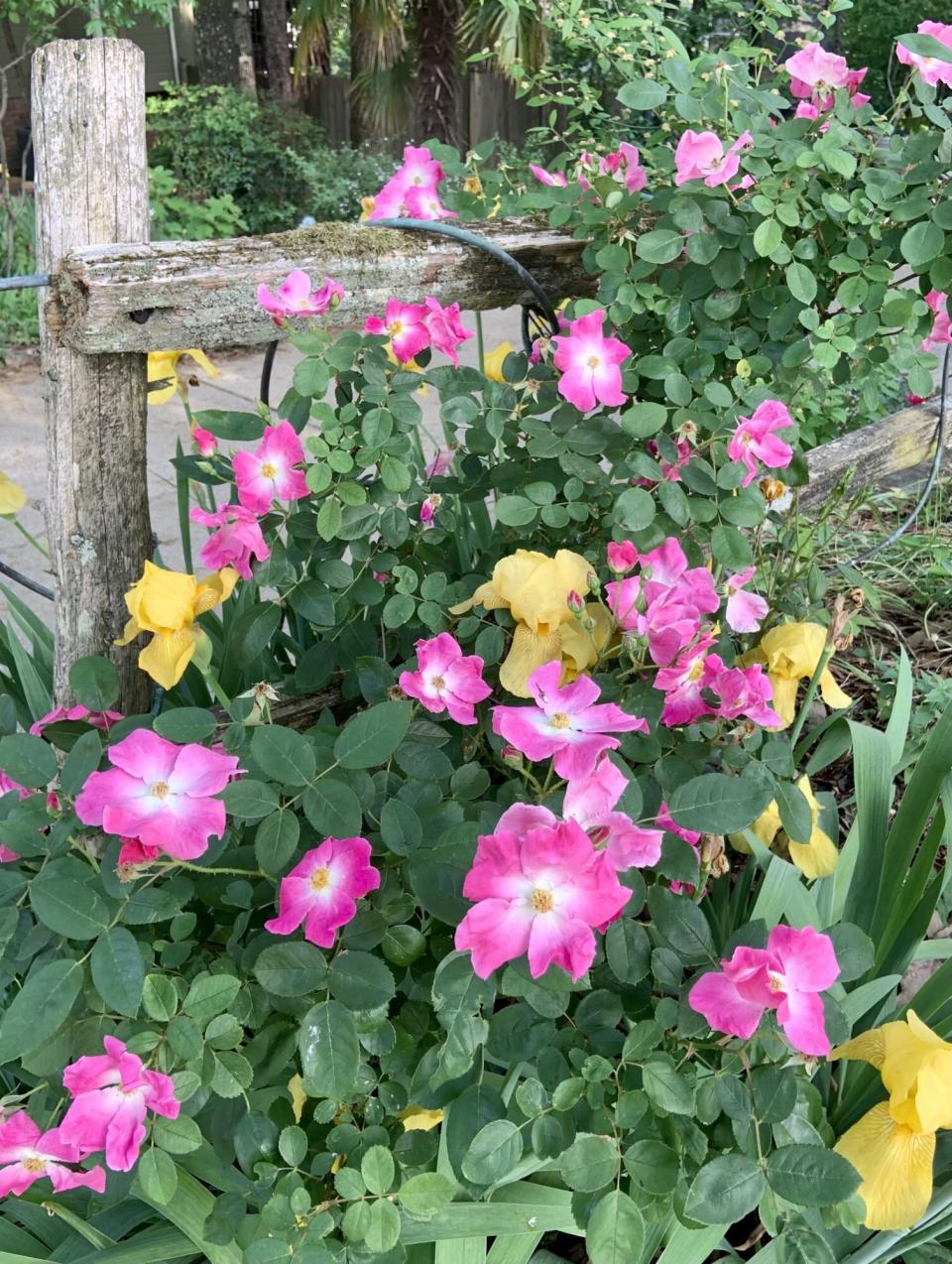When Should I Prune My Roses?
May is prime time for roses. I hope yours look as pretty this month as mine. Though I have only three, a rambler and two shrub types, their raft of radiant blossoms dominate the plants around them.
But as with every joy in life, like good beer and paying taxes, their bounty isn't free. They demand seasonal care if you want them to put your neighbors to shame each year. One very important part of that care is pruning, something that scares the dickens out of people. When, why, and how should you do it without killing them? Have no fear. Grumpy's here.

Steve Bender
When to Prune Roses
First, unless your name is Morticia Addams don't prune if your plants are budding or blooming now. You'll cut off all the flowers, which makes growing roses a ridiculous waste of time. Second, determine whether your rose blooms just once in spring or blooms repeatedly throughout the growing season. Prune once-bloomers, like 'Lady Banks,' 'American Beauty,' and 'Veilchenblau,' immediately after they finish blooming. Prune repeat-bloomers, such as 'Knock Out,' floribundas, hybrid teas, and Drifts, several times during the year between flushes of blooms.
Why You Should Prune Roses
There are two main reasons to prune roses. The first is to keep them from becoming huge, ungainly monsters. Sure, the garden center will tell you 'Knock Out' rose grows about 3 to 4 feet tall and wide. The truth is, if you don't prune, it'll grow easily double that. It could be worse. Reportedly the world's largest rose, a scrambling white 'Lady Banks' growing on a trellis in Tombstone, Arizona covers approximately 8,000 square-feet. That's a little big for most people. The second reason to prune is to shape the rose, remove dead and weak growth, promote new growth, and harvest blooms for vases.
How to Prune Roses
Use sharp hand pruners. Match your pruning technique to the type of rose.
For shrub roses and bushy floribundas like 'Iceberg', cut back to the desired size a couple of times a year. (Wear leather gloves when pruning the viciously thorny 'Knock Out' or you may pass out from blood loss.)
For heirloom and species roses, prune after flowering in spring. Remove a few woody, older canes and open up the centers of dense, bushy plants to let light and air penetrate.
For the big-flowered hybrid teas and grandifloras (the flower show types favored by rose societies), remove weak, dead, and diseased growth, as well as suckers growing from the base that have different looking leaves than those of the original plant. Shorten the main canes by one-third to one-half in spring.
For climbing roses, remove old, woody canes at ground level to promote the growth of new, vigorous ones. Don't cut back healthy ones. Train these onto an arbor, trellis, or fence. If the climber is a repeat bloomer, shorten the lateral branches growing from the main canes to three buds after the first bloom in spring.

